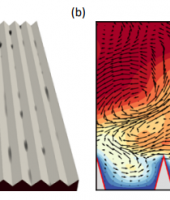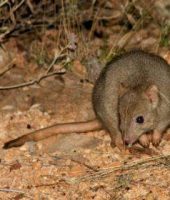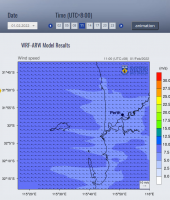Using Genomics to Assist Conservation of Western Australia Biodiversity
Our team uses genomics techniques to identify levels of genetic and taxonomic diversity in Western Australian flora and fauna to inform conservation decision making. This project will support bioinformatic analyses of genomic data for several sub-projects including investigating adaptive variation in plant species across climate gradients, investigating cryptic taxonomic diversity in plant genera in the Kimberley, and phylogenomics and genetic diversity of a range of threatened mammal species in Western Australia for fauna restoration projects.
Area of science
Biology
Systems used
Magnus, Zeus and Zythos
Applications used
Stacks, Mr Bayes, RAxML, exaBayes, Structure, BayPass, BayEnv2, BEAST, snpeff, fastqc, faststructure, NOVOplasty, SOAPdenovo2, spades, velvetThe Challenge
The research team are involved with multiple projects that work toward better management of species across Western Australia. The research will be used in clarifying species concepts, identifying management units, identifying sources of weeds, understanding adaptation and monitoring management activities.
The Solution
Many different types of analysis go into developing management strategies for species conservation or control. Genetic analysis can play an important role in identifying species, defining populations, understanding gene flow and elucidating patterns of adaptation. Pawsey resources are used in many aspects of genetic analysis from initial snp calling, outlier identification to Bayesian or Maximum Likelihood phylogenetic inference.
The Outcome
Results from these projects will be used to inform conservation-planning in the State, for example, species delimitation to support conservation listing of rare and threatened species and to support planning of translocations for fauna restoration projects, and identification of the source of invasive species to target management strategies. Our research is used to inform conservation-planning for WA flora and fauna.
List of Publications
Binks RM, Byrne M, Gibson N, Ottewell KM (2019) Predicting contemporary range‐wide genomic variation using climatic, phylogeographic and morphological knowledge in an ancient, unglaciated landscape. Journal of Biogeography, 1–12.
Binks RM, Byrne M, McMahon K et al. (2018) Habitat discontinuities form strong barriers to gene flow among mangrove populations, despite the capacity for long-distance dispersal. Diversity and Distributions, 298–309.
Hopley T, Byrne M (2018) Connectivity in riparian plants: influence of vegetation type and habitat fragmentation overrides water flow. Oecologia, 188, 465–478.
Rick K (2018) Population genomics of the burrowing bettong (Bettongia lesueur) at Matuwa: A case study on the implications of genetic mixing. Honours Thesis.

Figure 1. Pawsey Report 2018 Reduced representation genotyping-by-sequencing methods were used to monitor changes in genetic diversity in a translocated population of burrowing bettongs at Matuwa, Western Australia. SNP-calling and filtering were undertaken using the Stacks application on Zeus. Analyses found the reintroduced population maintained genetic diversity (observed heterozygosity) up to eight years post-translocation.







